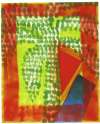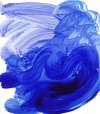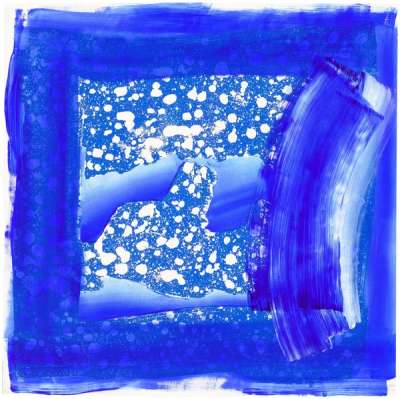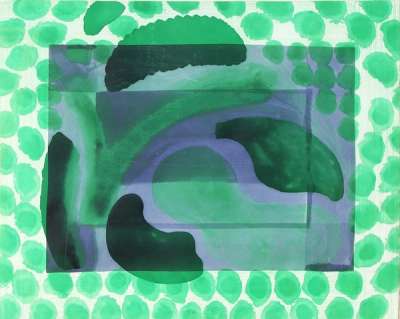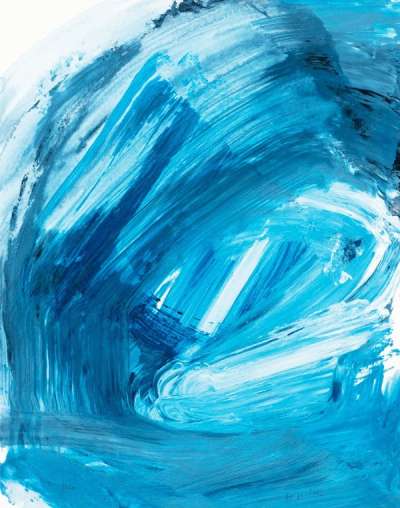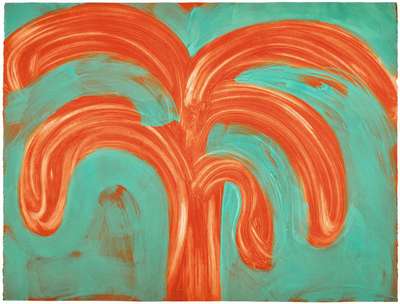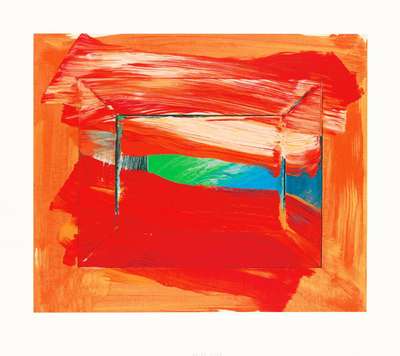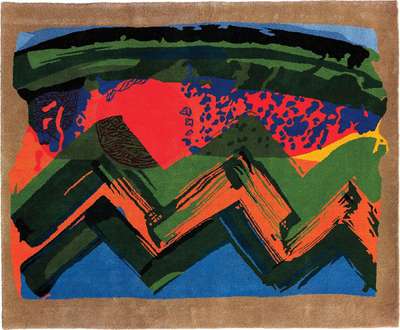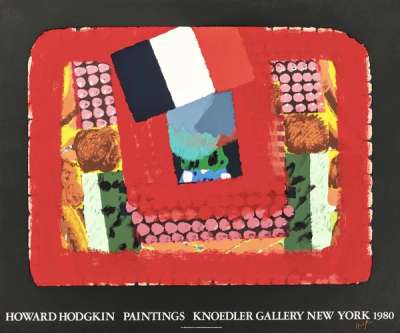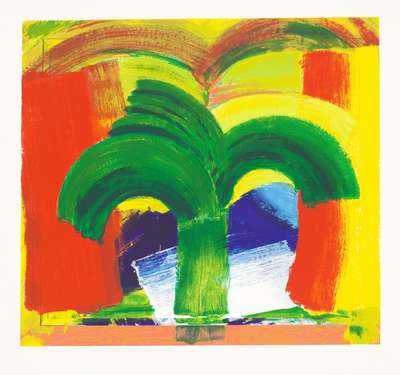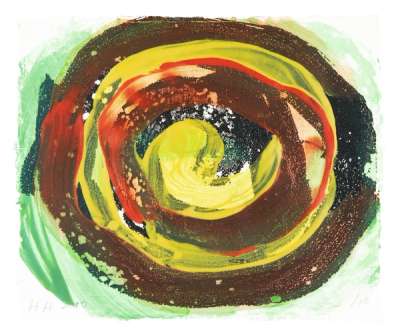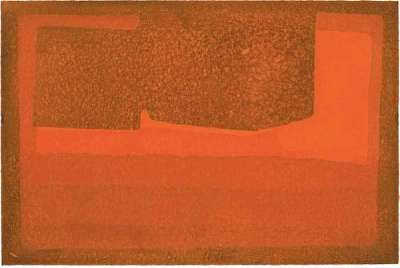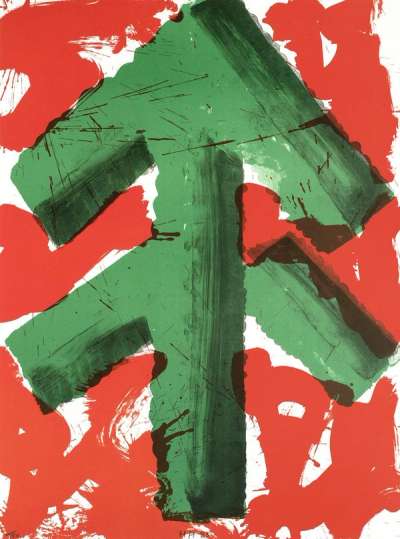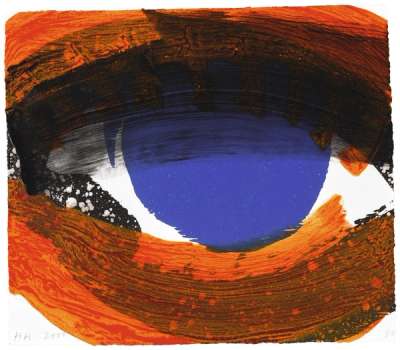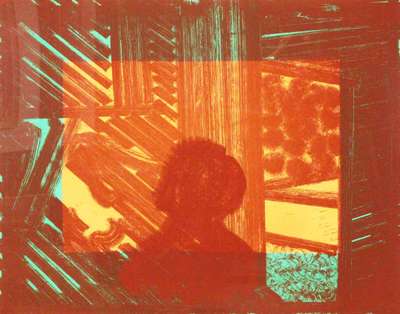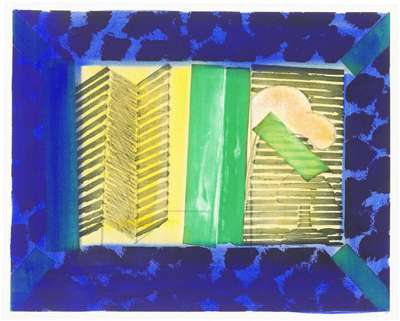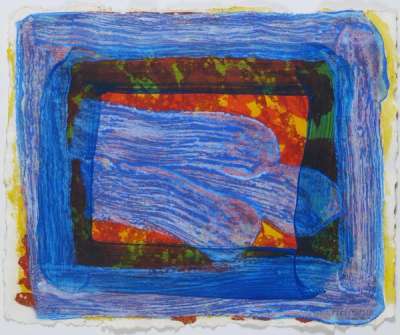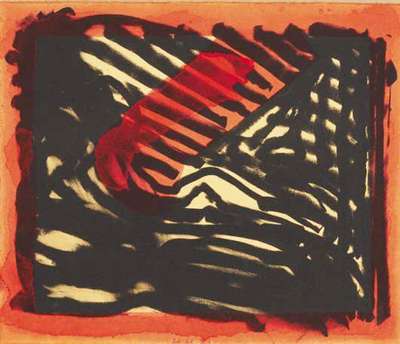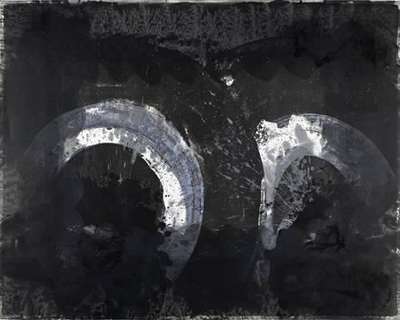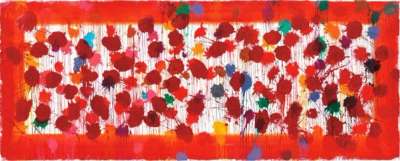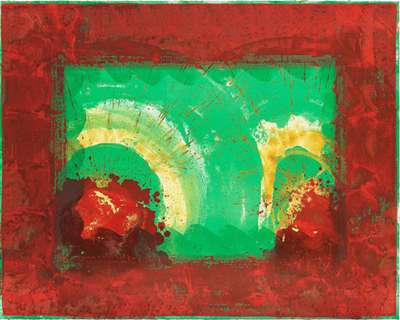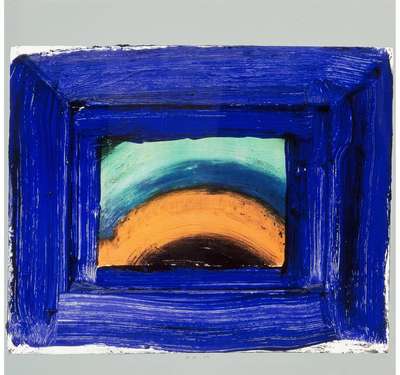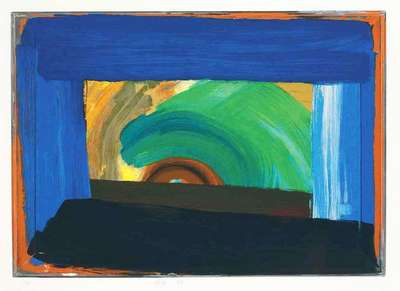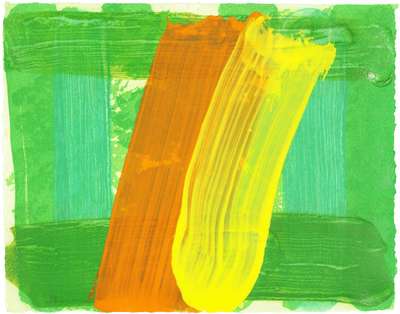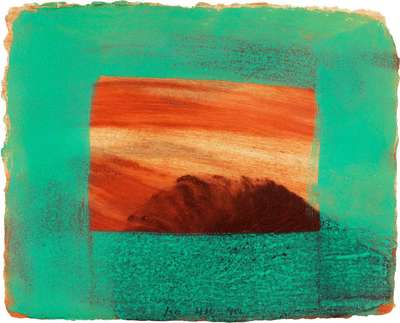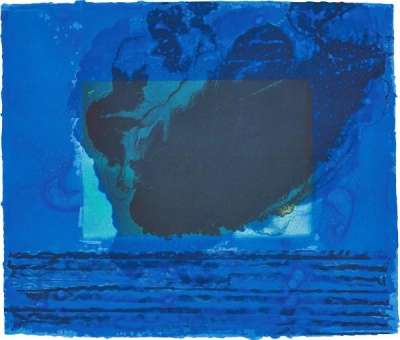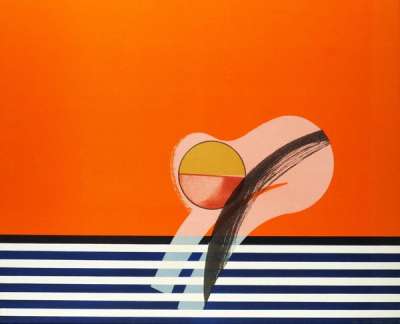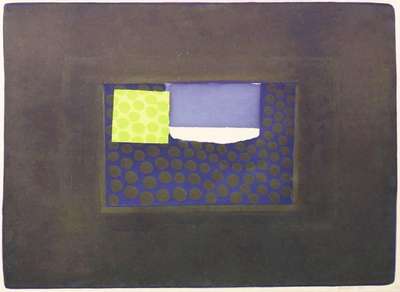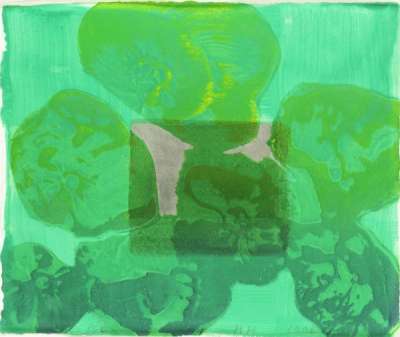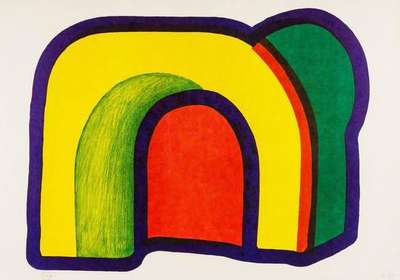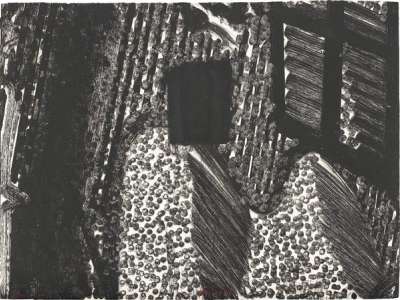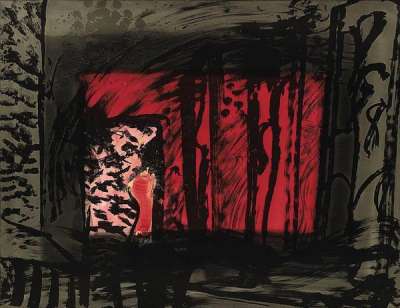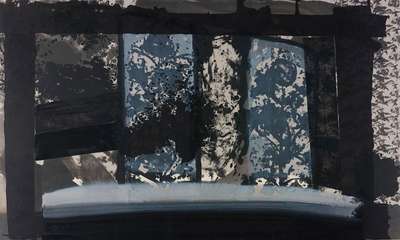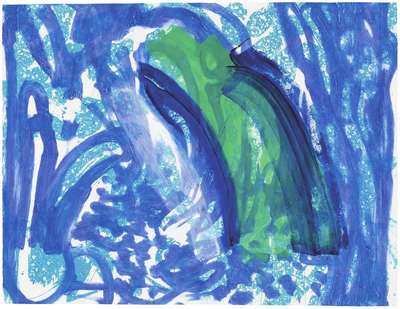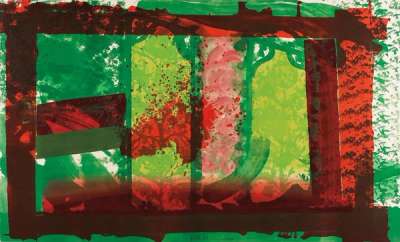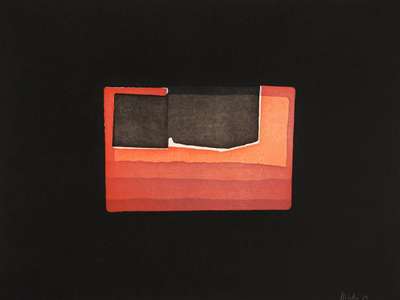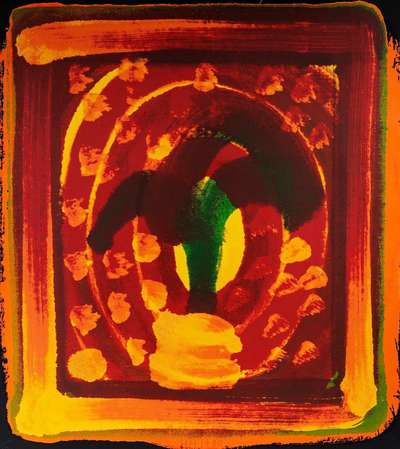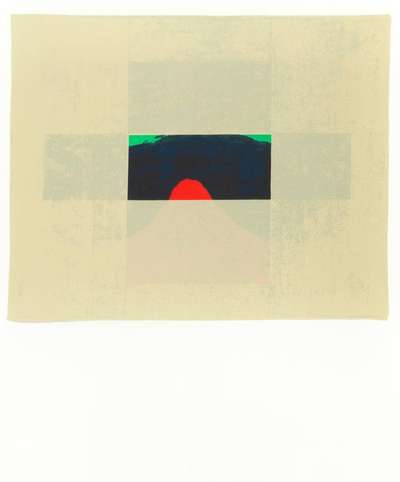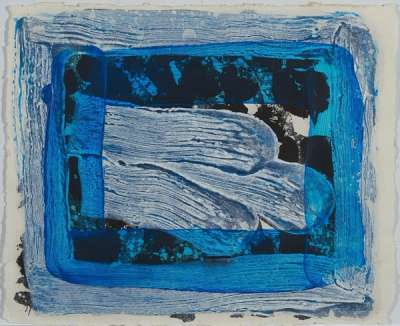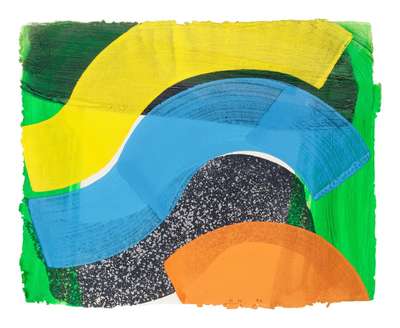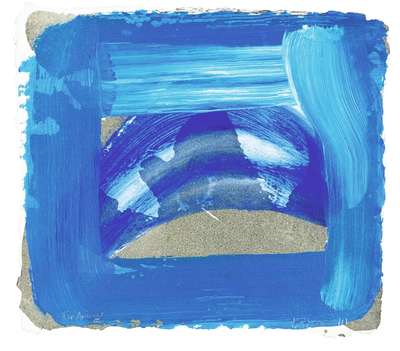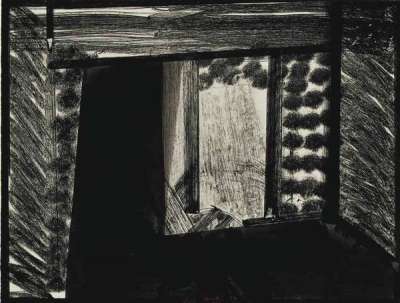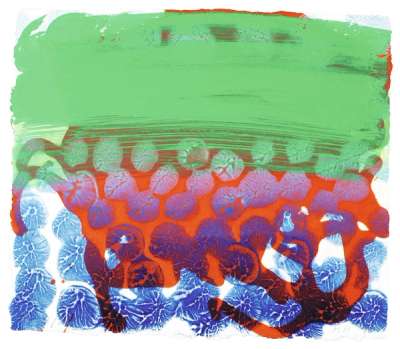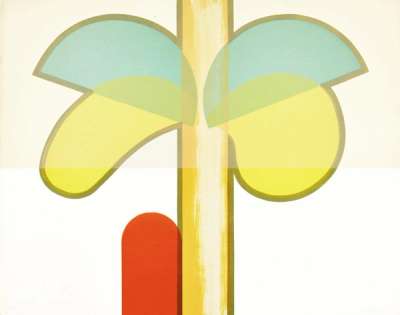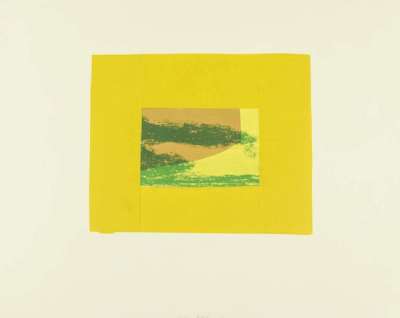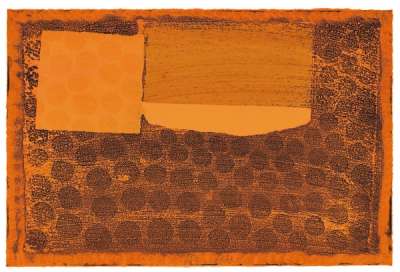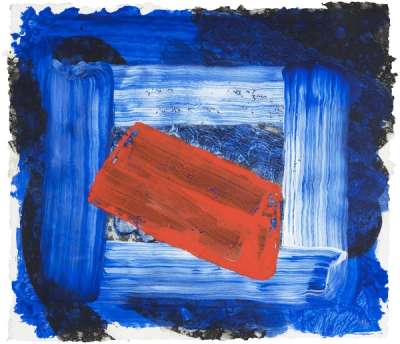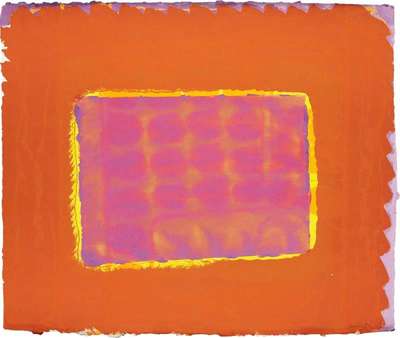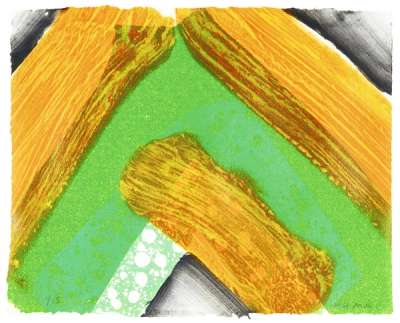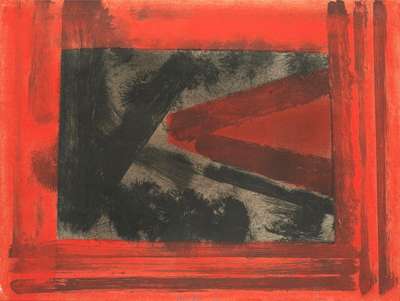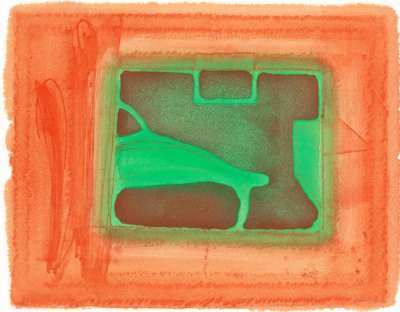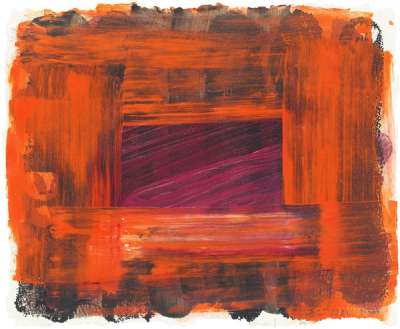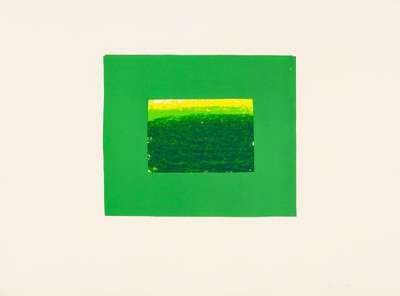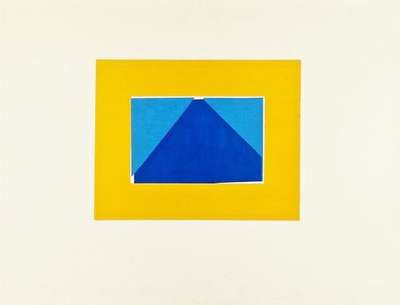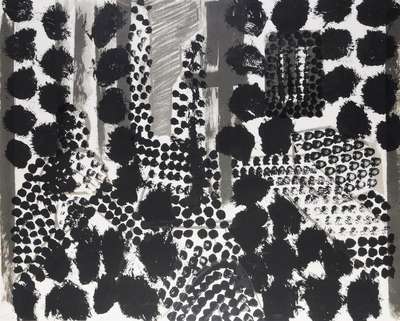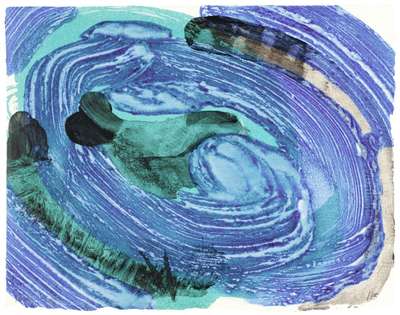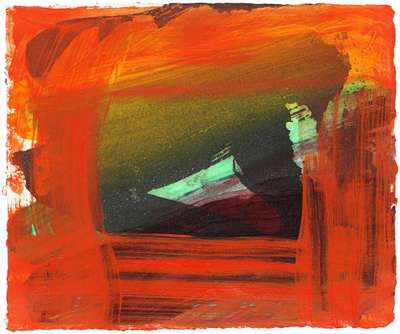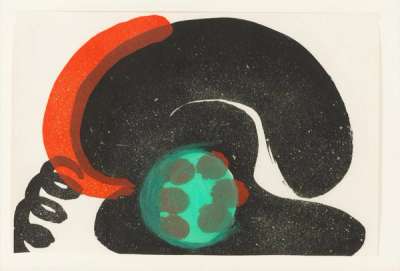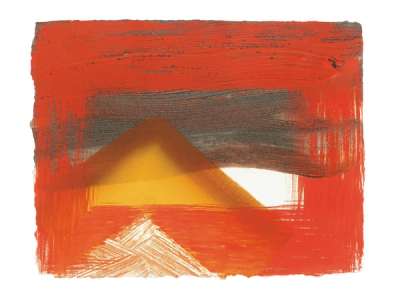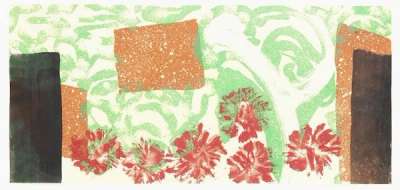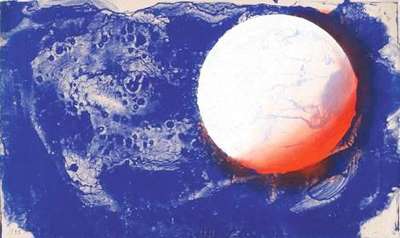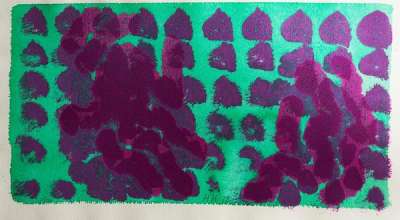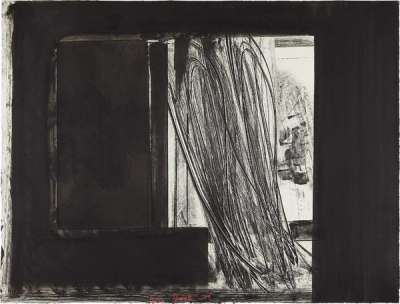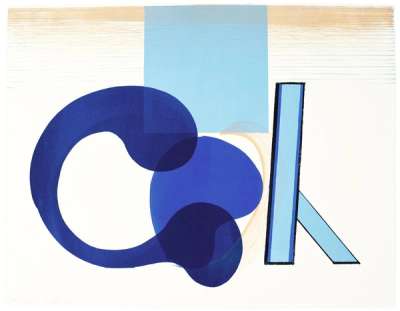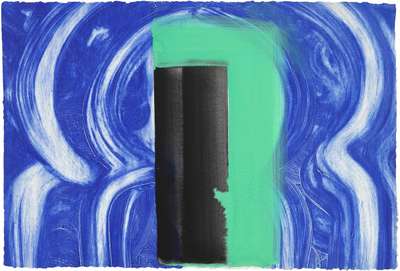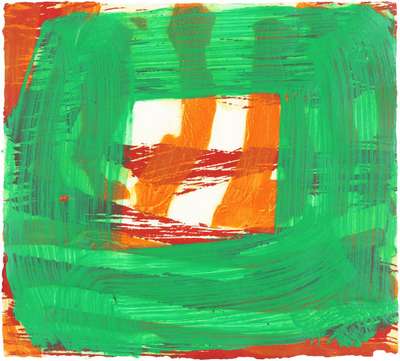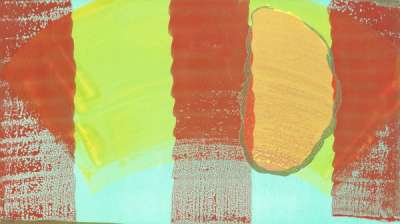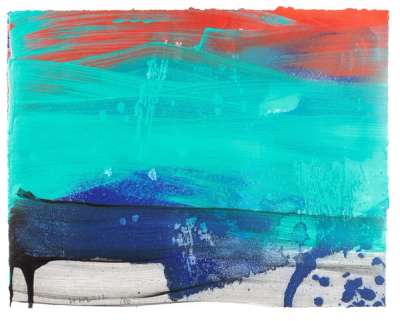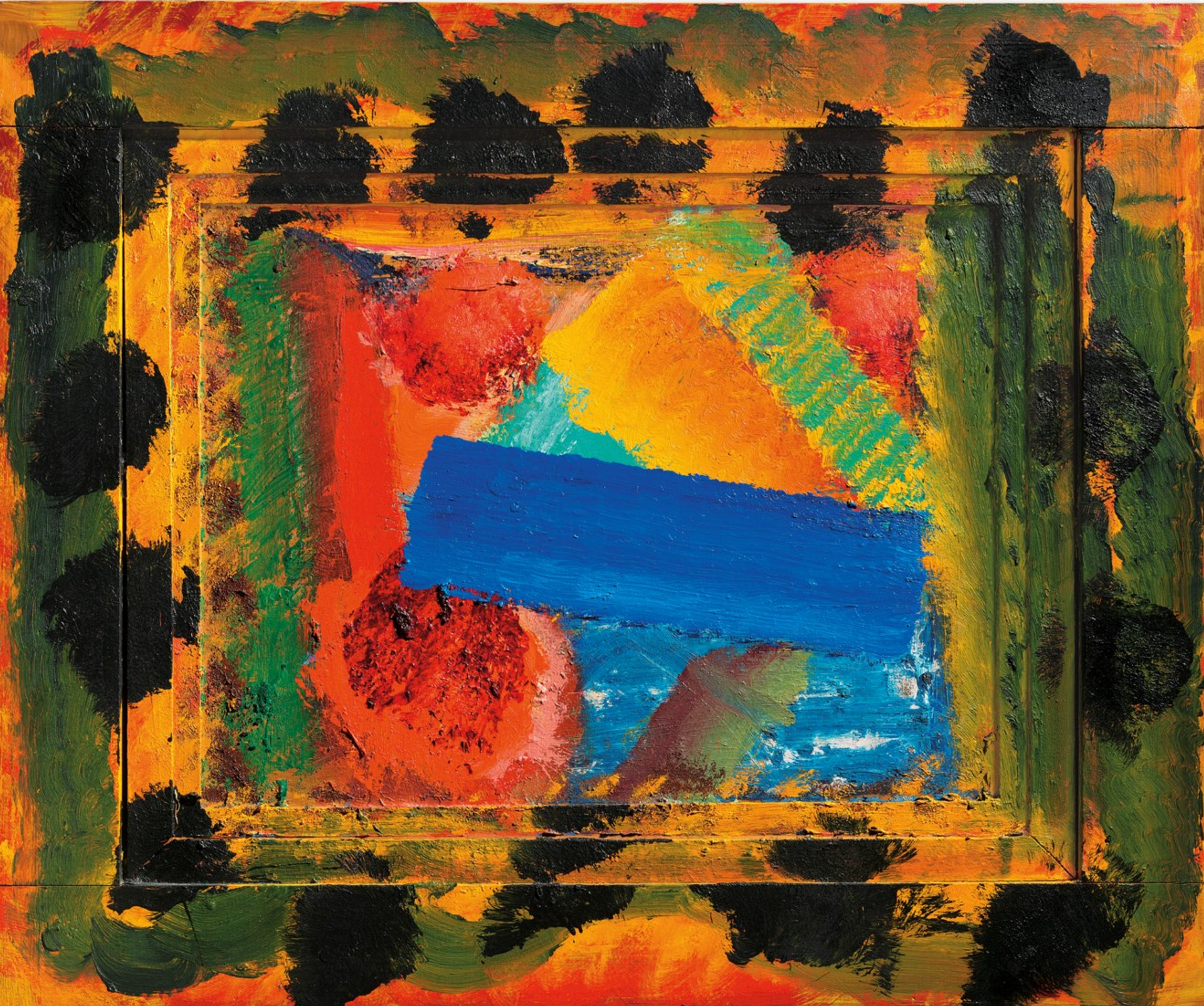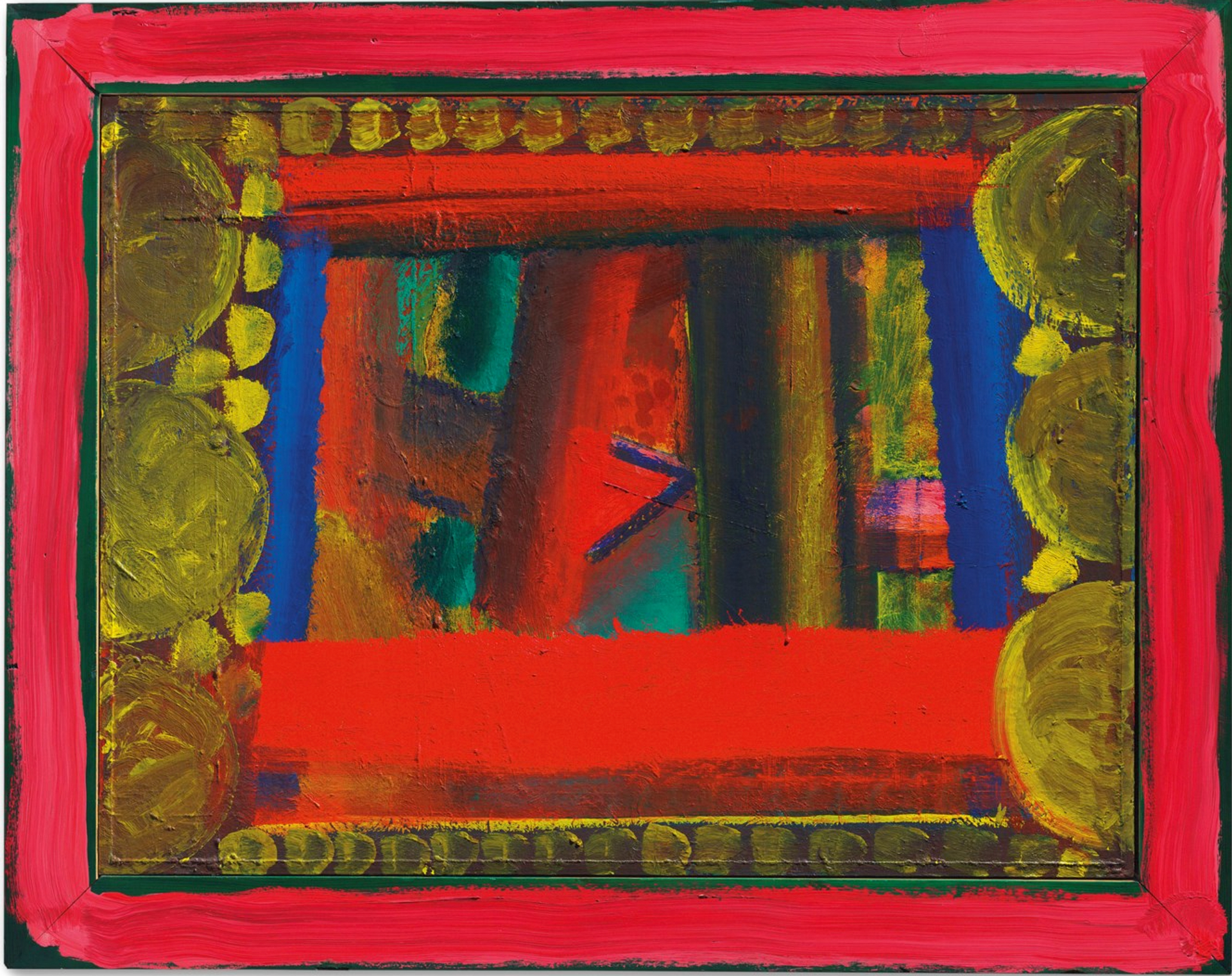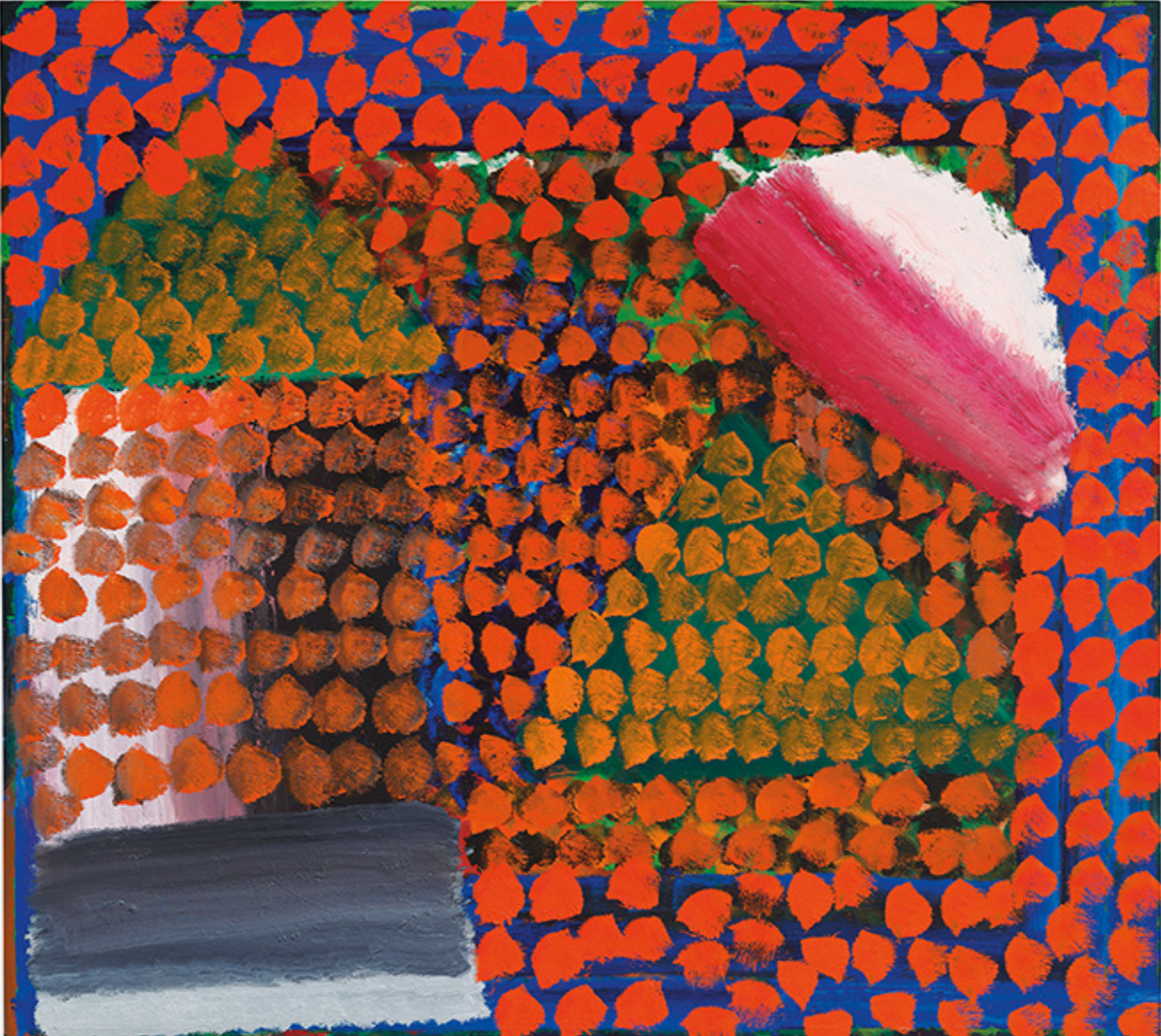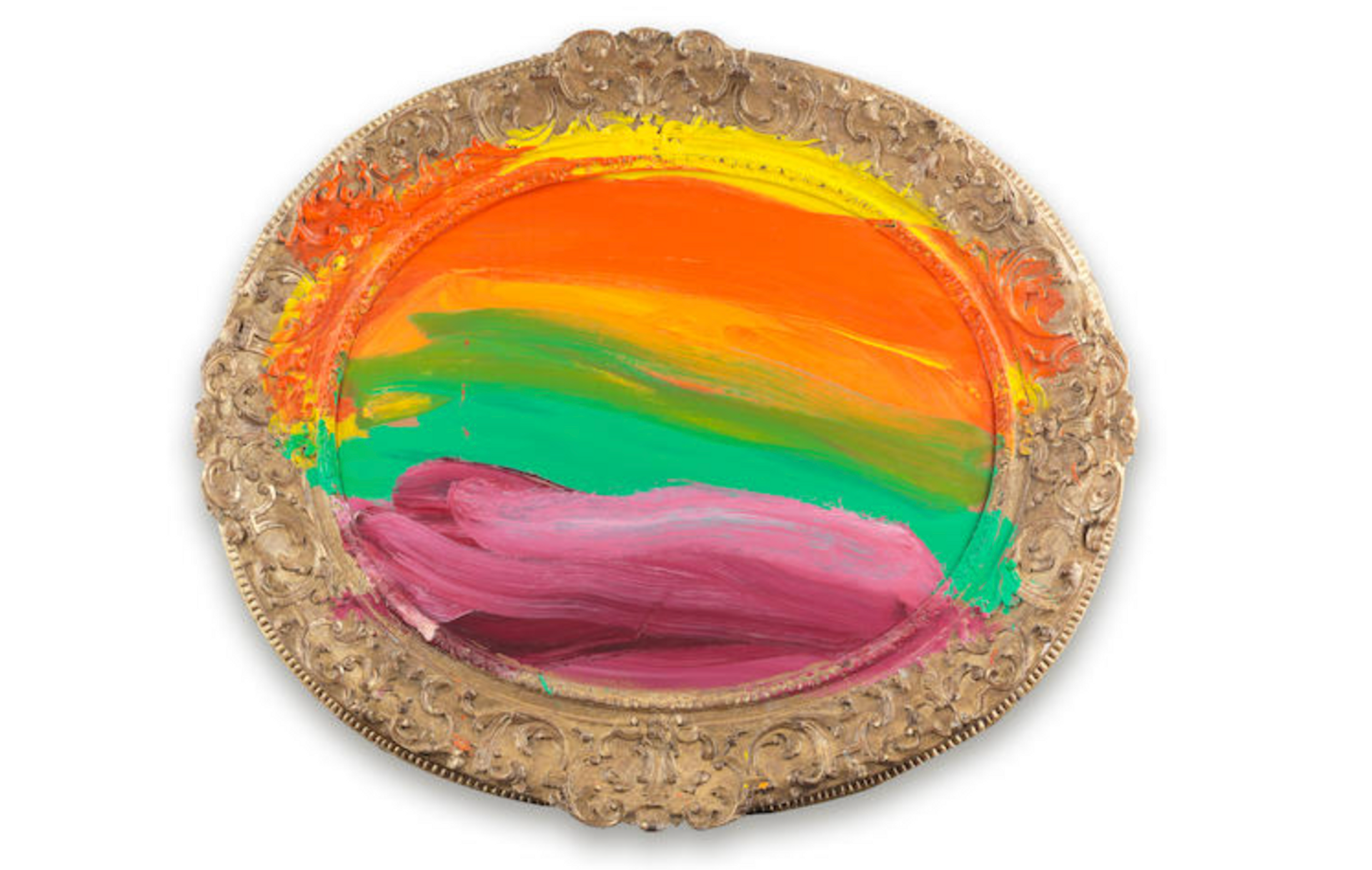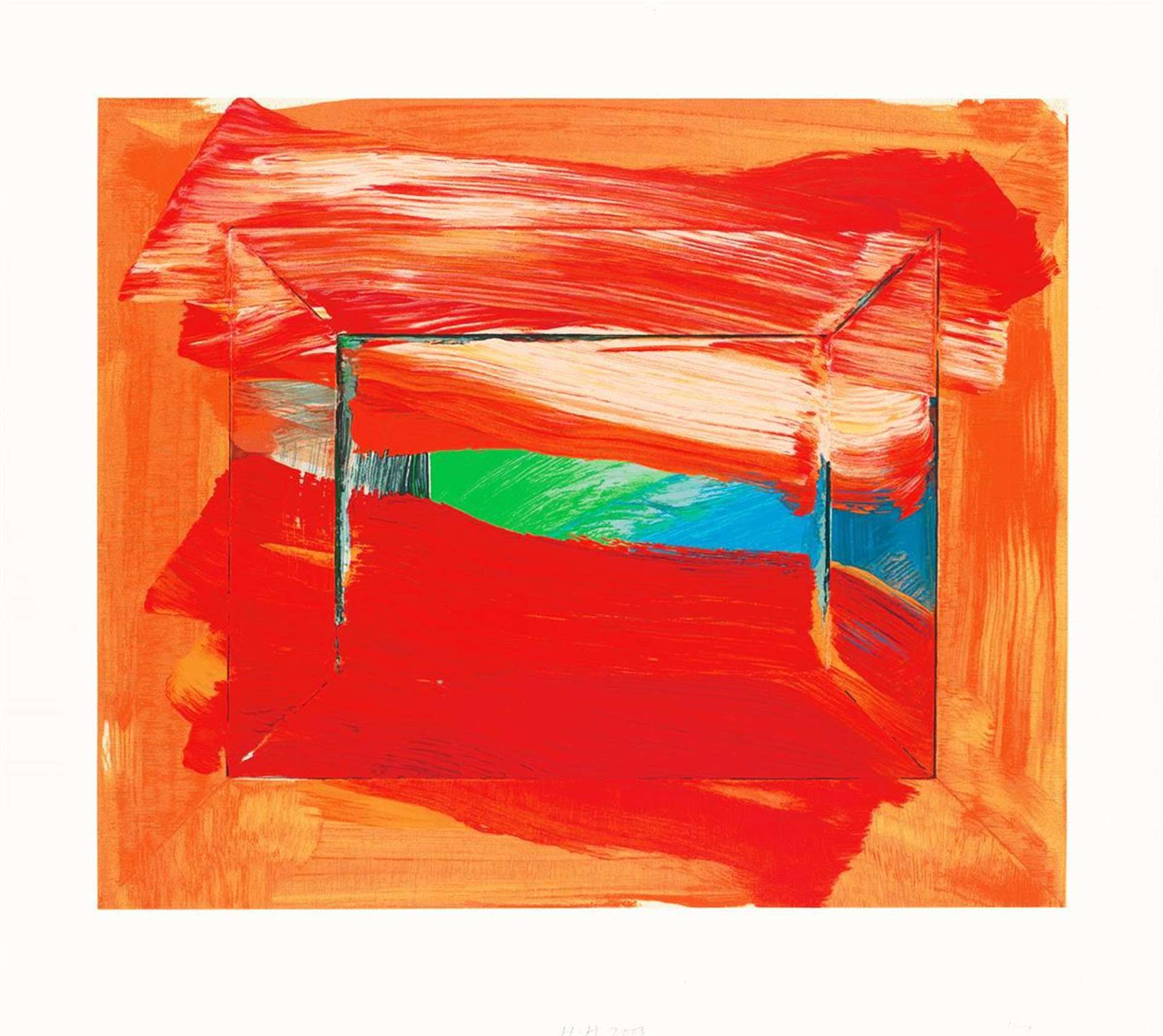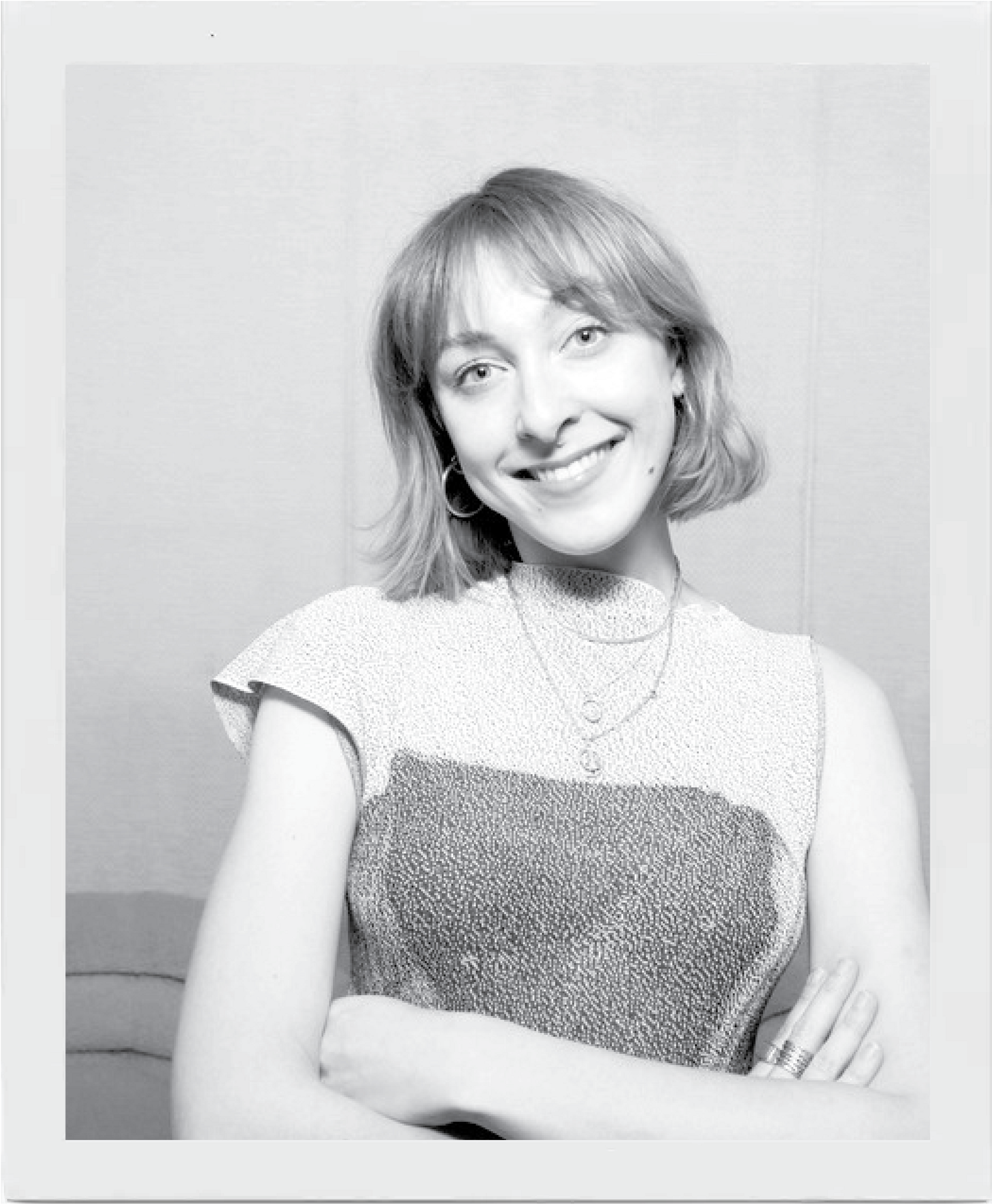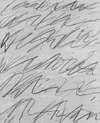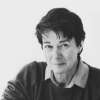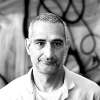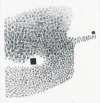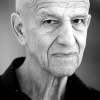Howard
Hodgkin
Forging his own path towards abstraction in 1960s Britain, Howard Hodgkin distinguished himself from his contemporaries in the Pop Art movement. If you’re looking for original Hodgkin prints and editions for sale or would like to sell, request a complimentary valuation and browse our network’s most in-demand works.
Howard Hodgkin prints for sale
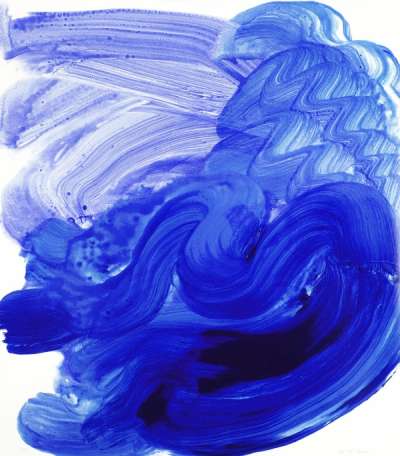
£2,650-£4,000
$5,000-$7,500 Value Indicator
$4,500-$7,000 Value Indicator
¥24,000-¥35,000 Value Indicator
€3,100-€4,700 Value Indicator
$26,000-$40,000 Value Indicator
¥500,000-¥760,000 Value Indicator
$3,300-$5,000 Value Indicator
TradingFloor
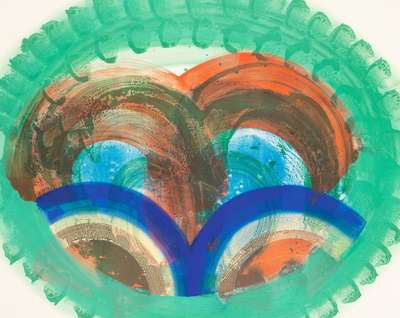
£6,500-£10,000
$12,500-$19,000 Value Indicator
$11,000-$17,000 Value Indicator
¥60,000-¥90,000 Value Indicator
€7,500-€11,500 Value Indicator
$60,000-$100,000 Value Indicator
¥1,200,000-¥1,850,000 Value Indicator
$8,500-$13,000 Value Indicator
TradingFloor
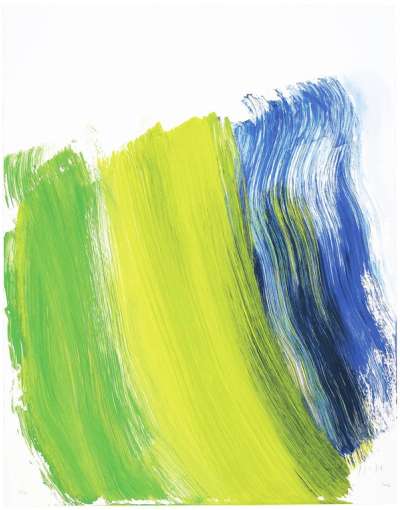
£1,400-£2,100
$2,700-$4,050 Value Indicator
$2,400-$3,600 Value Indicator
¥12,500-¥19,000 Value Indicator
€1,650-€2,450 Value Indicator
$14,000-$21,000 Value Indicator
¥260,000-¥390,000 Value Indicator
$1,800-$2,650 Value Indicator
TradingFloor
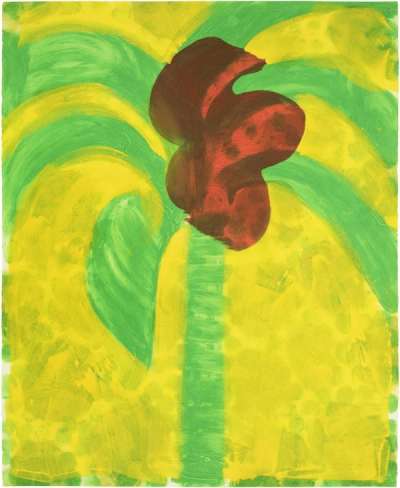
£8,500-£12,500
$16,000-$24,000 Value Indicator
$14,500-$21,000 Value Indicator
¥80,000-¥110,000 Value Indicator
€10,000-€14,500 Value Indicator
$80,000-$120,000 Value Indicator
¥1,570,000-¥2,310,000 Value Indicator
$11,000-$16,000 Value Indicator
TradingFloor
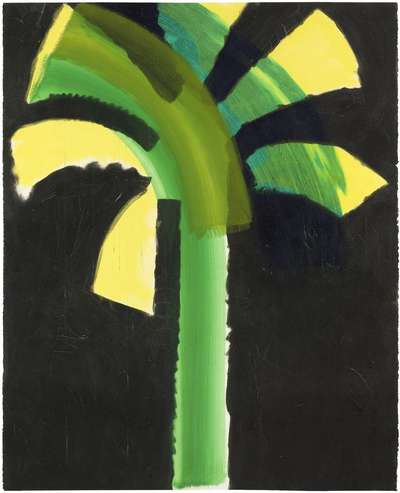
£7,500-£11,500
$14,500-$22,000 Value Indicator
$13,000-$20,000 Value Indicator
¥70,000-¥100,000 Value Indicator
€8,500-€13,500 Value Indicator
$70,000-$110,000 Value Indicator
¥1,390,000-¥2,120,000 Value Indicator
$9,500-$14,500 Value Indicator
TradingFloor
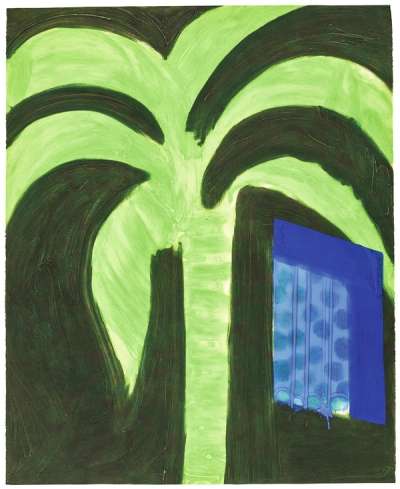
£7,000-£10,000
$13,500-$19,000 Value Indicator
$12,000-$17,000 Value Indicator
¥60,000-¥90,000 Value Indicator
€8,000-€11,500 Value Indicator
$70,000-$100,000 Value Indicator
¥1,290,000-¥1,850,000 Value Indicator
$9,000-$13,000 Value Indicator
TradingFloor
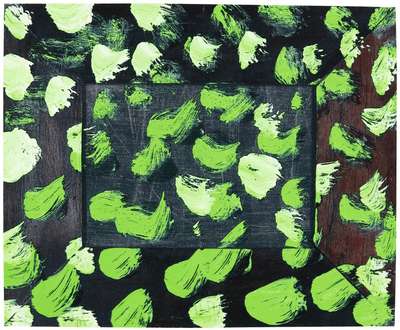
£2,150-£3,200
$4,150-$6,000 Value Indicator
$3,650-$5,500 Value Indicator
¥19,000-¥29,000 Value Indicator
€2,500-€3,750 Value Indicator
$21,000-$30,000 Value Indicator
¥410,000-¥600,000 Value Indicator
$2,700-$4,050 Value Indicator
TradingFloor
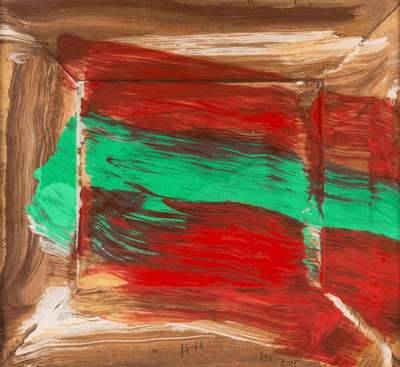
£1,900-£2,850
$3,600-$5,500 Value Indicator
$3,250-$4,850 Value Indicator
¥17,000-¥26,000 Value Indicator
€2,200-€3,300 Value Indicator
$19,000-$28,000 Value Indicator
¥350,000-¥530,000 Value Indicator
$2,400-$3,650 Value Indicator
TradingFloor
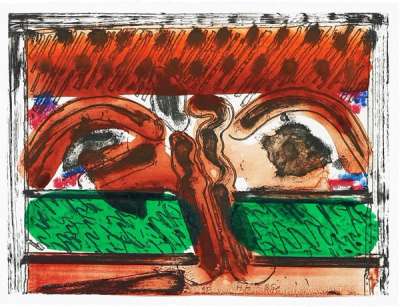
£950-£1,400
$1,800-$2,650 Value Indicator
$1,600-$2,400 Value Indicator
¥8,500-¥13,000 Value Indicator
€1,100-€1,650 Value Indicator
$9,500-$14,000 Value Indicator
¥180,000-¥260,000 Value Indicator
$1,200-$1,800 Value Indicator
TradingFloor
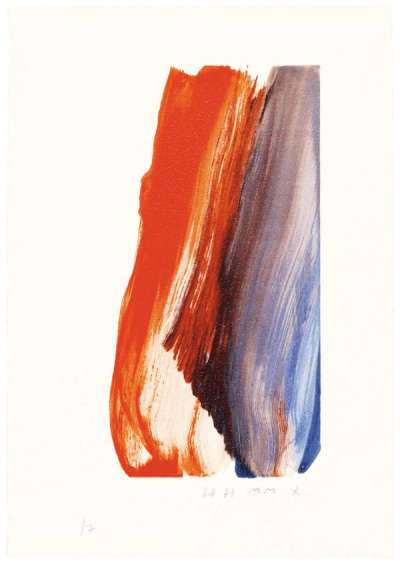
£1,350-£2,050
$2,600-$3,950 Value Indicator
$2,300-$3,500 Value Indicator
¥12,000-¥19,000 Value Indicator
€1,600-€2,400 Value Indicator
$13,500-$20,000 Value Indicator
¥260,000-¥390,000 Value Indicator
$1,700-$2,550 Value Indicator
TradingFloor
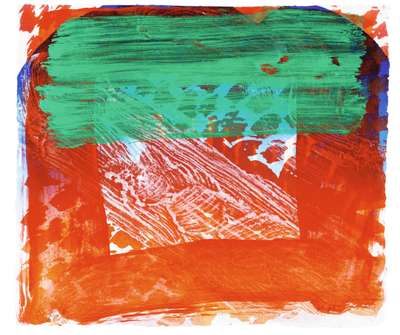
£5,500-£8,500
$10,500-$17,000 Value Indicator
$9,500-$14,500 Value Indicator
¥50,000-¥80,000 Value Indicator
€6,500-€10,000 Value Indicator
$50,000-$80,000 Value Indicator
¥1,040,000-¥1,610,000 Value Indicator
$7,000-$11,000 Value Indicator
TradingFloor
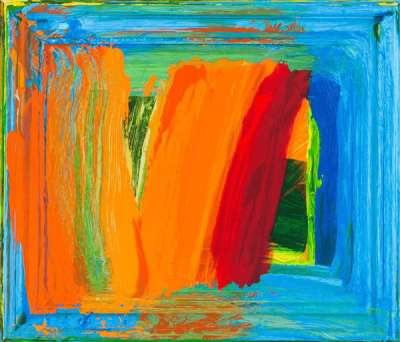
£3,150-£4,750
$6,000-$9,000 Value Indicator
$5,500-$8,000 Value Indicator
¥29,000-¥45,000 Value Indicator
€3,650-€5,500 Value Indicator
$30,000-$45,000 Value Indicator
¥580,000-¥880,000 Value Indicator
$4,000-$6,000 Value Indicator
TradingFloor
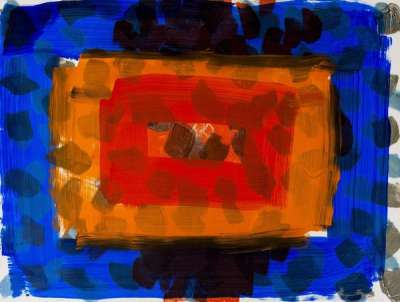
£4,800-£7,000
$9,500-$13,500 Value Indicator
$8,500-$12,000 Value Indicator
¥45,000-¥60,000 Value Indicator
€5,500-€8,000 Value Indicator
$50,000-$70,000 Value Indicator
¥920,000-¥1,340,000 Value Indicator
$6,000-$9,000 Value Indicator
TradingFloor
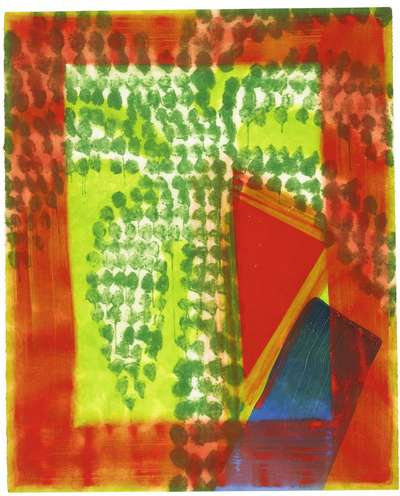
£4,450-£6,500
$8,500-$12,500 Value Indicator
$7,500-$11,000 Value Indicator
¥40,000-¥60,000 Value Indicator
€5,000-€7,500 Value Indicator
$45,000-$60,000 Value Indicator
¥820,000-¥1,200,000 Value Indicator
$5,500-$8,500 Value Indicator
TradingFloor
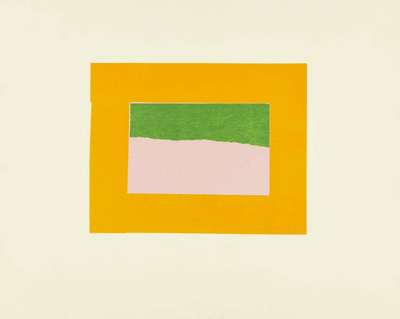
£1,200-£1,800
$2,300-$3,500 Value Indicator
$2,050-$3,050 Value Indicator
¥11,000-¥16,000 Value Indicator
€1,400-€2,100 Value Indicator
$12,000-$18,000 Value Indicator
¥230,000-¥340,000 Value Indicator
$1,500-$2,250 Value Indicator
TradingFloor
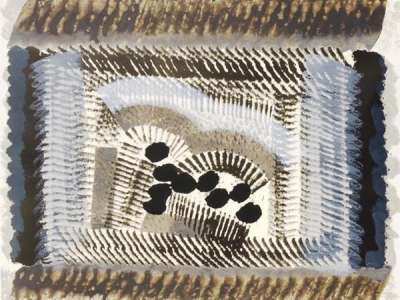
£1,050-£1,550
$2,000-$2,950 Value Indicator
$1,800-$2,650 Value Indicator
¥9,500-¥14,000 Value Indicator
€1,200-€1,800 Value Indicator
$10,500-$15,000 Value Indicator
¥190,000-¥290,000 Value Indicator
$1,350-$2,000 Value Indicator
TradingFloor
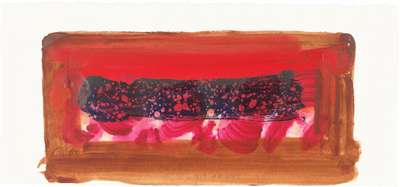
£2,600-£3,900
$4,950-$7,500 Value Indicator
$4,450-$6,500 Value Indicator
¥24,000-¥35,000 Value Indicator
€3,050-€4,550 Value Indicator
$26,000-$40,000 Value Indicator
¥480,000-¥720,000 Value Indicator
$3,300-$4,950 Value Indicator
TradingFloor
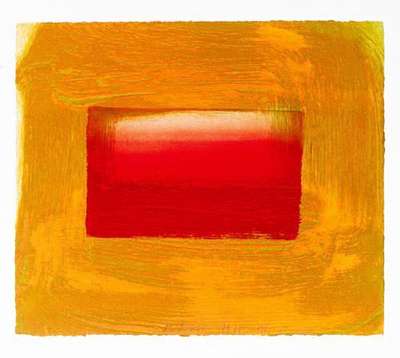
£2,700-£4,050
$5,000-$8,000 Value Indicator
$4,600-$7,000 Value Indicator
¥24,000-¥35,000 Value Indicator
€3,150-€4,750 Value Indicator
$27,000-$40,000 Value Indicator
¥510,000-¥770,000 Value Indicator
$3,400-$5,000 Value Indicator
TradingFloor
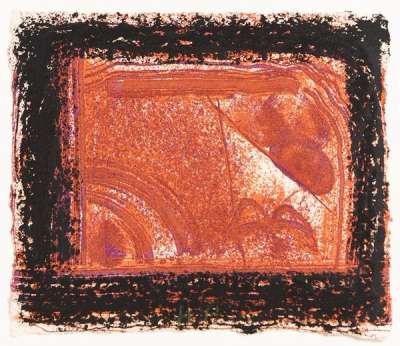
£750-£1,150
$1,450-$2,250 Value Indicator
$1,300-$2,000 Value Indicator
¥7,000-¥10,500 Value Indicator
€900-€1,350 Value Indicator
$7,500-$11,500 Value Indicator
¥140,000-¥220,000 Value Indicator
$950-$1,450 Value Indicator
TradingFloor
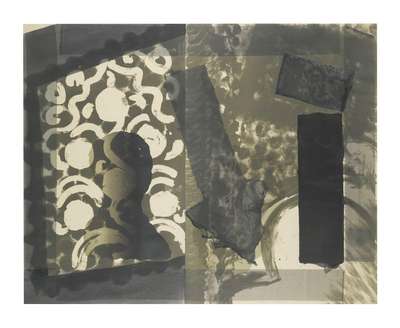
£2,600-£3,900
$5,000-$7,500 Value Indicator
$4,400-$6,500 Value Indicator
¥24,000-¥35,000 Value Indicator
€3,050-€4,550 Value Indicator
$26,000-$40,000 Value Indicator
¥490,000-¥740,000 Value Indicator
$3,250-$4,900 Value Indicator
TradingFloor
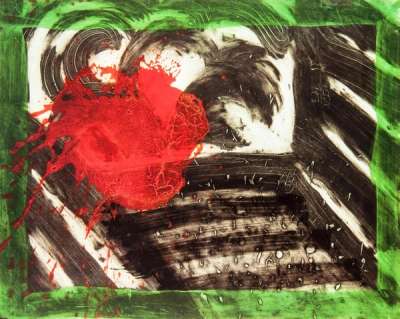
£2,800-£4,200
$5,500-$8,000 Value Indicator
$4,800-$7,000 Value Indicator
¥26,000-¥40,000 Value Indicator
€3,250-€4,900 Value Indicator
$28,000-$40,000 Value Indicator
¥520,000-¥780,000 Value Indicator
$3,550-$5,500 Value Indicator
TradingFloor
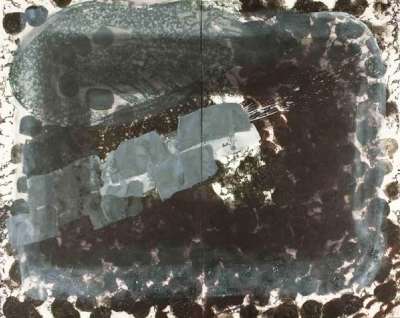
£3,500-£5,500
$6,500-$10,500 Value Indicator
$6,000-$9,500 Value Indicator
¥30,000-¥50,000 Value Indicator
€4,100-€6,500 Value Indicator
$35,000-$50,000 Value Indicator
¥650,000-¥1,020,000 Value Indicator
$4,450-$7,000 Value Indicator
TradingFloor
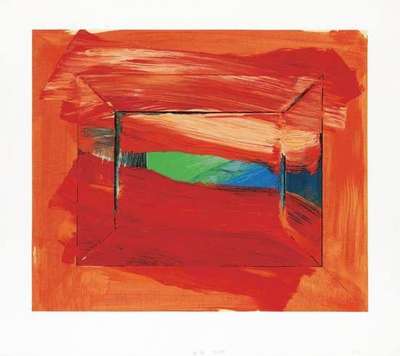
£3,700-£5,500
$7,000-$10,500 Value Indicator
$6,500-$9,500 Value Indicator
¥35,000-¥50,000 Value Indicator
€4,300-€6,500 Value Indicator
$35,000-$50,000 Value Indicator
¥680,000-¥1,020,000 Value Indicator
$4,700-$7,000 Value Indicator
TradingFloor
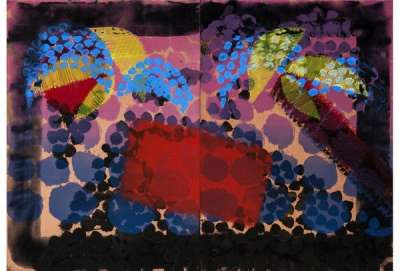
£3,200-£4,800
$6,000-$9,500 Value Indicator
$5,500-$8,000 Value Indicator
¥29,000-¥45,000 Value Indicator
€3,750-€5,500 Value Indicator
$30,000-$45,000 Value Indicator
¥600,000-¥910,000 Value Indicator
$4,050-$6,000 Value Indicator
TradingFloor
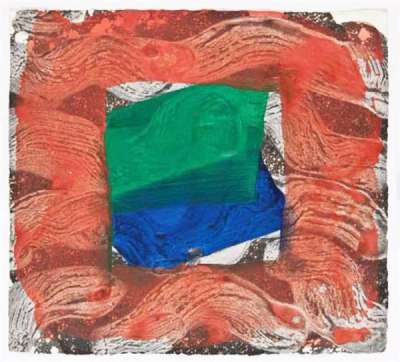
£2,600-£3,850
$5,000-$7,500 Value Indicator
$4,400-$6,500 Value Indicator
¥24,000-¥35,000 Value Indicator
€3,050-€4,500 Value Indicator
$26,000-$40,000 Value Indicator
¥490,000-¥730,000 Value Indicator
$3,300-$4,850 Value Indicator
TradingFloor
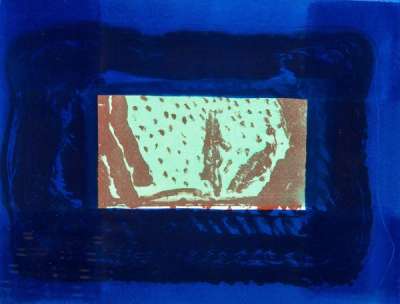
£2,550-£3,800
$4,800-$7,000 Value Indicator
$4,300-$6,500 Value Indicator
¥23,000-¥35,000 Value Indicator
€2,950-€4,400 Value Indicator
$25,000-$35,000 Value Indicator
¥460,000-¥690,000 Value Indicator
$3,200-$4,800 Value Indicator
TradingFloor
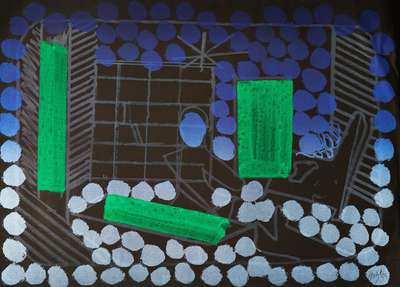
£1,900-£2,900
$3,600-$5,500 Value Indicator
$3,200-$4,900 Value Indicator
¥17,000-¥26,000 Value Indicator
€2,200-€3,350 Value Indicator
$19,000-$29,000 Value Indicator
¥340,000-¥520,000 Value Indicator
$2,400-$3,650 Value Indicator
TradingFloor
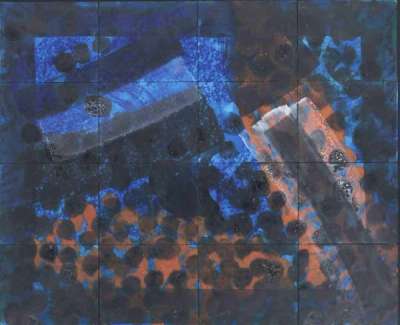
£6,000-£9,000
$11,500-$17,000 Value Indicator
$10,000-$15,000 Value Indicator
¥50,000-¥80,000 Value Indicator
€7,000-€10,500 Value Indicator
$60,000-$90,000 Value Indicator
¥1,080,000-¥1,630,000 Value Indicator
$7,500-$11,500 Value Indicator
TradingFloor
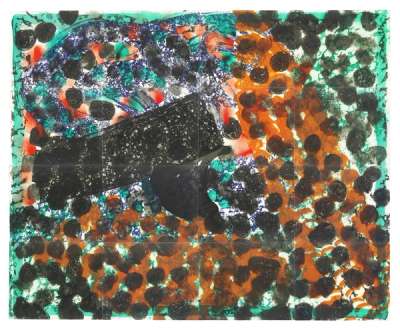
£5,500-£8,000
$10,500-$15,000 Value Indicator
$9,500-$13,500 Value Indicator
¥50,000-¥70,000 Value Indicator
€6,500-€9,500 Value Indicator
$50,000-$80,000 Value Indicator
¥990,000-¥1,450,000 Value Indicator
$7,000-$10,000 Value Indicator
TradingFloor
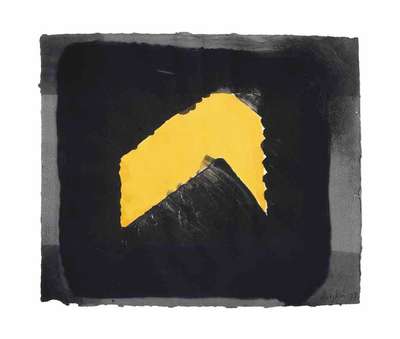
£2,600-£3,900
$5,000-$7,500 Value Indicator
$4,500-$6,500 Value Indicator
¥24,000-¥35,000 Value Indicator
€3,050-€4,550 Value Indicator
$26,000-$40,000 Value Indicator
¥490,000-¥740,000 Value Indicator
$3,300-$4,950 Value Indicator
TradingFloor
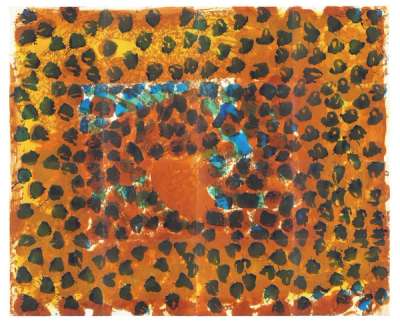
£6,000-£9,000
$11,500-$17,000 Value Indicator
$10,000-$15,000 Value Indicator
¥50,000-¥80,000 Value Indicator
€7,000-€10,500 Value Indicator
$60,000-$90,000 Value Indicator
¥1,080,000-¥1,630,000 Value Indicator
$7,500-$11,500 Value Indicator
TradingFloor
Sell Your Art
with Us
with Us
Join Our Network of Collectors. Buy, Sell and Track Demand
Biography
Howard Hodgkin was an Abstract painter whose popularity extends beyond the 20th century constraints of the movement. His large-scale paintings, with their bold use of colour and brushstrokes, present deep colourful landscapes able to fascinate anyone watching. An apt printmaker, Hodgkin's art explored the expressive possibilities of the medium, pushing the boundaries of convention to include colour and texture on paper at a time when monochromatism was in vogue.
Born in Hammersmith in 1932, as a child Hodgkin was evacuated to Long Island, New York, during World War II. During this time, the artist spent his afternoons secluded within the walls of MoMA, and took a keen interest in the works of the School of Paris. He then decided, at the age of just five years old, that he wanted to be an artist. After moving back to the UK, Hodgkin ran away from Eton College and went on to study at the Camberwell School of Arts and Crafts, and the Bath Academy of Art.
Hodgkin’s career took off in the 1980s. After being asked by fellow painter John Hoyland to exhibit at the Hayward Annual, Hodgkin represented Britain at the 1984 Venice Biennale and was awarded the Turner Prize in 1985. In 1992, Hodgkin’s passion for Indian art led to his being asked to design a mural for the headquarters of Charles Correa’s British Council in India. Hodgkin went on to be awarded an honorary DLitt from the University of Oxford, the Shakespeare Prize of 1997, and the first Swarovski Whitechapel Gallery Art Icon award. In addition, he was appointed a CBE in 1977, knighted in 1992, made a Companion of Honour in 2003, and a Trustee of the National Gallery.
Hodgkin’s works, which the artist describes as “representational paintings of emotional landscapes”, evoke the bliss of past memories and exotic travels. Far from simple abstract representations, Hodgkin’s palette and brushstrokes re-present on canvas and paper the artist’s most intimate world. For instance, in his Rain (1984-89), the brushstrokes themselves provide a frame for the picture-space, to highlight that the work of art is not a window into an imaginative space but an object to be emotionally engaged with.
Works like Put Out More Flags (1992) demonstrate instead Hodgkin’s innovative approach to printmaking. At first, this work appears to be another of his colourful oil paintings. On closer inspection, the viewer can see that it is a print, mimicking the effects of oil paint through clever layering techniques.
To this day, Hodgkin has had presentations in many high profile public galleries, from the Barbican to the National Gallery, MOMA and the Irish Museum of Art, which attest to his international recognition.

